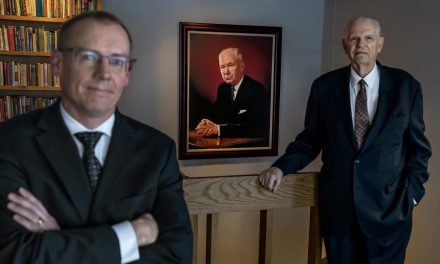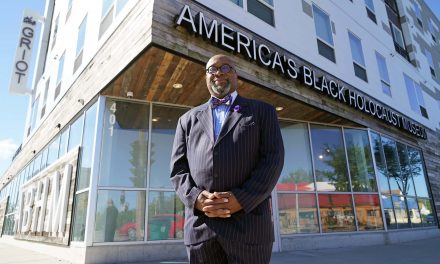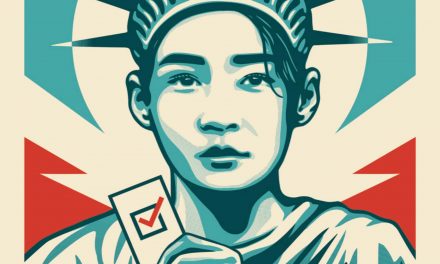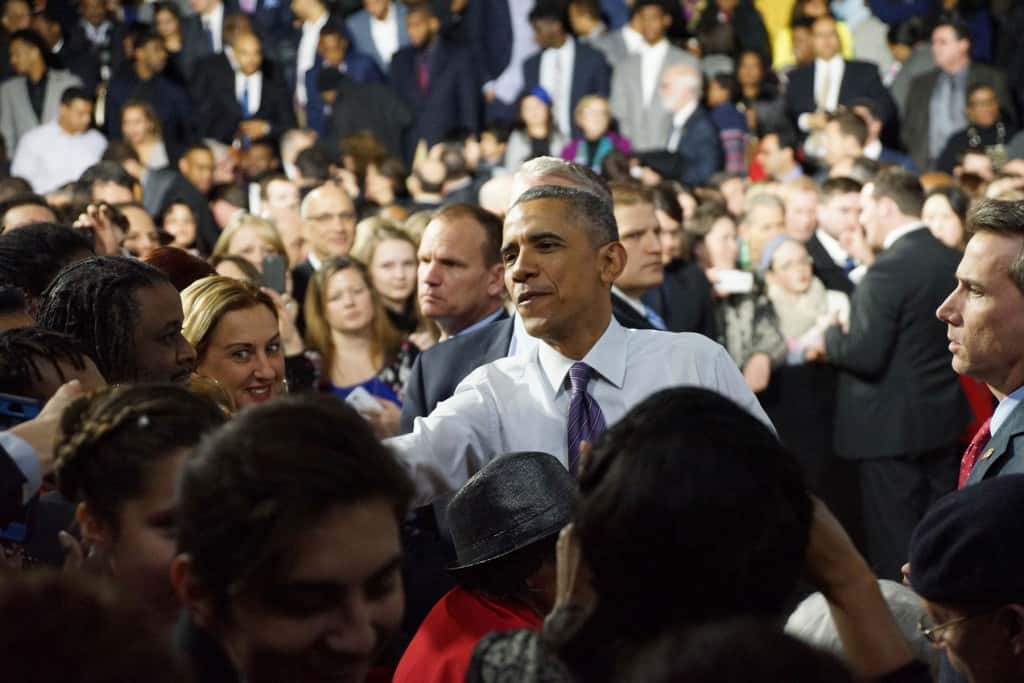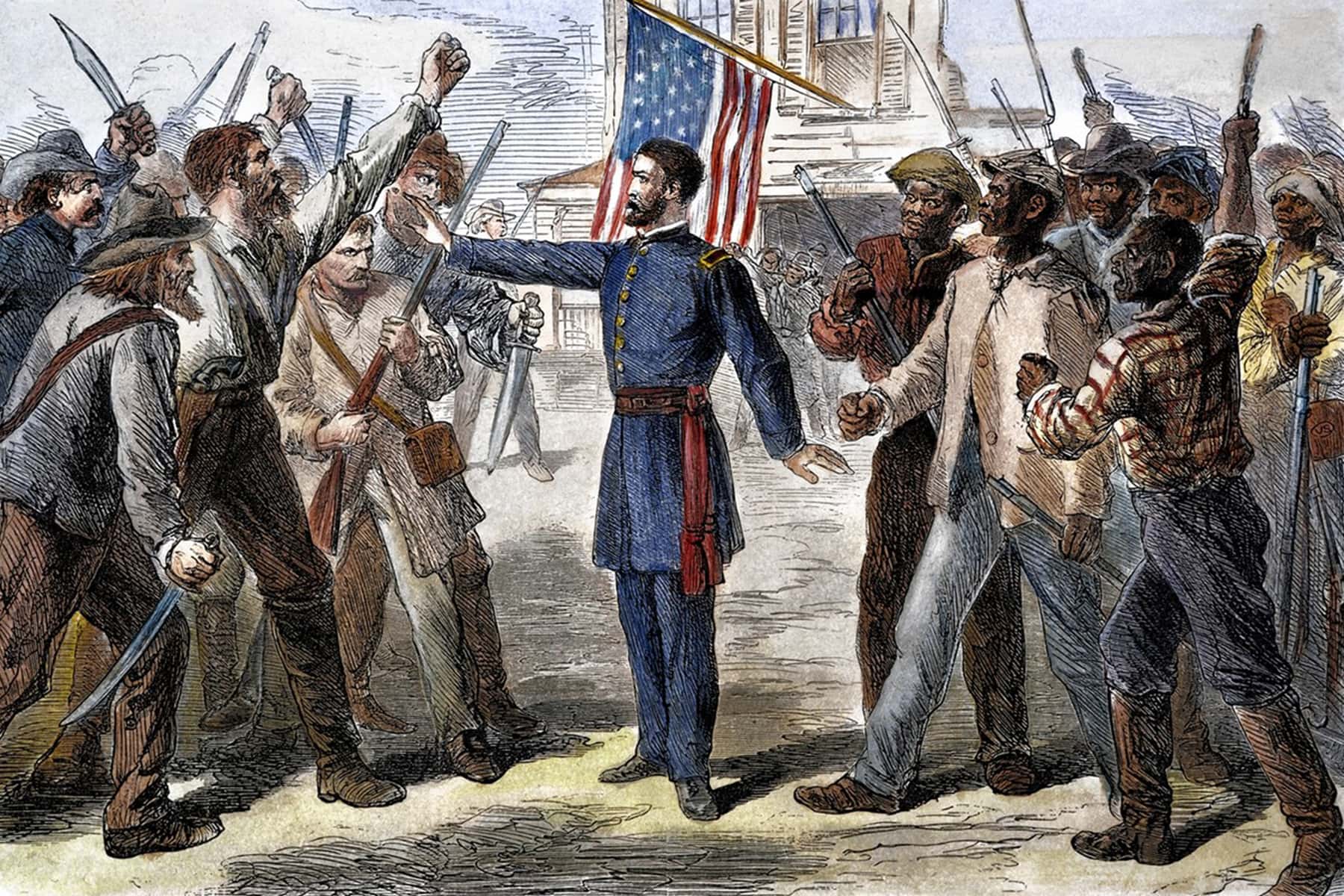
The devaluation of Black lives in the British colonies began when the first Africans arrived in Jamestown Virginia in August 1619.
All of the original thirteen colonies wrote enslavement of Blacks into their laws beginning with Massachusetts in 1641. Georgia was the last of them to do so in 1750. The legal enslavement of Africans and their progeny lasted 204 years in Virginia, 202 in Maryland, 201 in New Jersey, 198 in Connecticut, 183 in South Carolina, 163 in New York, 150 in North Carolina, 145 in Pennsylvania, 144 in Delaware, 143 in New Hampshire, 142 in Rhode Island, 139 in Massachusetts and 115 in Georgia.
Although most of us think of slavery as a southern institution it was never just that. The states of Maryland, Delaware Missouri and Kentucky were still allowed to maintain their enslaved population during the Civil War. Lincoln’s Emancipation Proclamation did not end slavery in those states. The Thirteenth Amendment on December of 1865, months after the war ended led to the dissolution of slavery in those four slave states that never joined the Confederacy. The Emancipation Proclamation also allowed slavery to continue in Tennessee, parts of Virginian and parts of Louisiana until the Thirteenth Amendment was ratified.
At the turn of the century, thirteen years after the U.S. Constitution was first drafted, there were 887,612 Blacks enslaved in America. Ten years later, and two years after the Constitution banned the importation of enslaved Africans there were 1,191,364 Blacks in captivity in America. These captive Africans by that time were 47.3 percent of the population of South Carolina, 41.7 percent in Georgia and 40.3 percent in Virginia.
Colonial records show that in 1640 John Punch was ordered by a Virginia court “to serve his said master or his assigns for the time of his natural life here or elsewhere.” He became the first Black in Virginia to be ruled a slave for life. On March 8, 1655 in Virginia, John Casor after filing a lawsuit to gain his freedom from his indenture, became the first Black person to be declared a slave for life in a civil case.
The enslavement was only part of the debasement Africans dealt with. In 1639 The General Assembly of Virginia specifically excluded Black people from the legal requirement of possessing arms. Three years later, Black females over the age of 16 were deemed tithable (taxable), making a clear distinction between African and English female’s station in life. Later, Virginia lawmakers said baptism does not bring freedom to Blacks who tried to argue that they were Christian and could not be legally enslaved.
The taking of the life of enslaved Blacks was not considered a crime when in 1668 Virginia ruled it was legal to wound or kill an enslaved person who resisted arrest.
“Be it enacted and declared by this grand assembly, if any slave resist his master…and by the extremity of the correction should chance to die, that his death…cannot be presumed that prepensed malice.” – Virginia Casual Killing Act of 1669
The Virginia legislature also said that any slave killed while resisting arrest would automatically lead to his owner receiving financial compensation for the loss of their human property. This was clearly a form of reparations to Whites who lost property in Black bodies.
Free Blacks began to see differential treatment in Virginia when in 1668, free black women, and enslaved African females over the age of 16, were deemed tithable as well. This would be only one of many ways the body of a Black female was given less value than that of a White female.
Colonial laws also mandated that any enslaved African found guilty of the rape of a White female was put to death. At the same time, no such law protected Black females from rape. This would continue to be the norm for well over two centuries. Even when this changed, it would be exceptionally rare for White males to be held legally accountable for the rape of Black girls and women well into the twentieth century. Raping an enslaved female was simply seen as “trespass on the master’s property.”
As the American Revolution led to the coming together of the colonies to form a new nation, things did not really change for Blacks all that much. By the time the Constitution was being debated, nearly 700,000 Blacks were still held captive in the land that proclaimed “that all men are created equal, that they are endowed by their Creator with certain unalienable Rights, that among these are Life, Liberty and the pursuit of Happiness.” The esteemed Declaration of Independence did not apply to enslaved Africans in the real world.
One of the main arguments during the Constitutional Convention in Philadelphia was about how the country would decide how Congress would count people to determine membership and numbers in the House of Representatives. Arguments over the importation of enslaved Africans was nearly enough to derail the convention.
The southern states like South Carolina, with very large populations of enslaved Blacks, wanted to count some of them as part of their population so that they could have more seats in the House of Representatives. States in the North, which had much lower numbers of the enslaved, preferred to count none of the enslaved. This battle was enough to end the convention and end the conversation about uniting as one nation. Eventually a compromise was made. Instead of counting either none or all enslaved Africans, they decided to count three of every five for representation of the population of each state. This three-fifths compromise meant the enslaved literally became the equivalent of three-fifths of a human. This formula would be used in determining the number of electors given to each state in the Electoral College as well.
“Representatives and direct Taxes shall be apportioned among the several States which may be included within this Union, according to their respective Numbers, which shall be determined by adding to the whole Number of free Persons, including those bound to Service for a Term of Years, and excluding Indians not taxed, three fifths of all other Persons.” Article 1. Section 2 of the U.S. Constitution.
The words slave and slavery were intentionally left out of the Constitution. They used terms like all other persons, such persons, or person held to service or labor to hide from saying slavery existed.
There were voices of descent. The author of the Preamble to the Constitution, delegate Gouvernor Morris of New York, argued against slavery’s continued existence.
“Upon what principle is it that the slaves shall be computed in the representation? Are they men? Then make them Citizens & let them vote! Are they property?…that the inhabitant of Georgia and S. C. who goes to the Coast of Africa, and in defiance of the most sacred laws of humanity tears away his fellow creatures from their dearest connections & dam〈n〉s them to the most cruel bondages, shall have more votes in a Govt. instituted for protection of the rights of mankind, than the Citizen of Pa or N. Jersey who views with a laudable horror, so nefarious a practice.”
The battle to continue the importation of Africans in the transatlantic slave trade would be ferociously fought by South Carolina. They were the state that imported the most Africans and would therefore be the state that provided, at great profits, a majority of the enslaved laborers to all of the states. A compromise was made on this issue as well. The decision was to allow an additional twenty years of importation to continue. It would not become illegal to import Africans until January 1, 1808.
George Mason became one of just three delegates at the convention to refuse to sign the Constitution. He stated in his “Objections to This Constitution of Government” in September 1787 his reasons for refusing to sign. One of these reasons was related to his views on the slave trade which he wanted abolished immediately.
“The general legislature is restrained from prohibiting the further importation of slaves for twenty odd years; though such importations render the United States weaker, more vulnerable, and less capable of defense.”
The Constitution would be ratified by the required nine of the thirteen states on June 21, 1788 when New Hampshire voted in favor of it. The document would continue to be amended for several years including adding the Bill of Rights. The new government was set to take leadership on March 4, 1879.
Exactly one year later, the first naturalization law in America gave citizenship rights to only Whites who had resided in the country at least two years and any of their children under age 21 as well as any children of U.S. citizens born outside the country. This left out the untold numbers of Native Americans as well as the 697,000 enslaved Africans and nearly 60,000 free Blacks in the country. It would take the Fourteenth Amendment in 1868 for Blacks to finally become citizens and most Native Americans would have to wait until 1924.
Slave codes in the colonies and eventually states would proscribe the limits of rights for not just enslaved Blacks but free Blacks as well. The education of any Blacks was against the law. Missouri gave a penalty of up to six months in jail and a fine of $500 to anyone caught teaching Blacks to read. Blacks were not allowed to bear witness in a court against a White person. Enslaved Blacks were not able to legally assemble without a White person being present due to the fear of slave revolts. The marriage of the enslaved became void and not legally binding in the country.
A June 1844 law in Oregon allowed slavery to exist in the state but mandated that slaveholders had a time limit to “remove” their slaves “out of the country,” and freed any slaves if their owners refused to remove them. Any males enslaved would have to leave after two years and a female after three. A provision called “Peter Burnett’s lash law” mandated lashing to any who refused to leave the state. Burnett later became California’s first governor. When asked about the lashing provision he stated his rationale.
“The object is to keep clear of that most troublesome class of population [Blacks]. We are in a new world, under the most favorable circumstances and we wish to avoid most of those evils that have so much afflicted the United States and other countries.”
The lashing law was rescinded a year later. On September 21, 1849 the second exclusion law in the state stated that “it shall not be lawful for any negro or mulatto to enter into, or reside” in the state except those already there. It was rescinded in 1854. Jason Vanderpool a sailor from the West Indies was expelled from Oregon in 1850. Several other Blacks were given orders to leave but were never forced to. Seven years later, during Oregon’s constitutional convention, on November 7, 1857 that state included in its Bill of Rights that Blacks were prohibited from being in the state, owning property, and making contracts. Despite this they were allowed to join the Union as a new state in February 1859.
By 1851 the state of Indiana drew up a racist constitution which stipulated the following:
“No negro or mulatto shall come into, or settle in, the State, after the adoption of this Constitution…All contracts made with any negro or mulatto coming into the State…shall be void…All fines which may be collected for a violation of the provisions of this article…shall be set apart and appropriated for the colonization of such negroes and mulattoes, and their descendants, as may be in the State at the adoption of this Constitution…”
In February 1856, Dred Scott, who had been enslaved in Missouri but lived from 1833 to 1843 in Indiana and Wisconsin, both free states, argued in the U.S. Supreme Court that he should be freed because of the decade he lived in free states. The court ruled 7-2 against Scott. His slaveholder had argued that Scott was not a citizen and therefore he could not sue for his freedom. The court’s opinion was given by Chief Justice Roger Taney. The majority ruled that “a negro, whose ancestors were imported into [the U.S.], and sold as slaves,” whether enslaved or free, were not American citizens and had no standing to sue in federal court. The case was dismissed on procedural grounds. The decision, considered the worst in the history of the court, stated the following:
“The question is simply this: Can a negro, whose ancestors were imported into this country, and sold as slaves, become a member of the political community formed and brought into existence by the Constitution of the United States, and as such become entitled to all of the rights, and privileges, and immunities, guarantied [sic] by that instrument to the citizen?..We think … that [black people] are not included, and were not intended to be included, under the word “citizens” in the Constitution, and can therefore claim none of the rights and privileges which that instrument provides for and secures to citizens of the United States. On the contrary, they were at that time [of America’s founding] considered as a subordinate and inferior class of beings who had been subjugated by the dominant race, and, whether emancipated or not, yet remained subject to their authority, and had no rights or privileges but such as those who held the power and the Government might choose to grant them.”
The decision meant Blacks, whether free or enslaved were not citizens and none of the rights guaranteed in the Constitution applied to them. This decision would play a major role in the divisive years leading up to the Civil War.
The second election for president for Abraham Lincoln in 1864 was a difficult one. The war was not going well and the economy was not in good shape. The 1863 Emancipation Proclamation had convinced Frederick Douglass to support Lincoln’s campaign. The leaders of the Republican Party would not allow him to campaign for Lincoln fearing backlash from White voters.
In the years after Reconstruction ended the Republican Party pretty much disowned the Black community because of election losses in the north due to their support of Black causes. The Democratic Party had already been anti-black after they forced progressive minded Blacks out of the party.
The late 1800s and early 1900s saw a shift in both parties. In state after state the voting rights of Black men were derailed by poll taxes, grandfathers clauses, literacy tests and all-white primaries.
In 1890 Mississippi started what became known as the “Mississippi Plan” intentionally designed to disenfranchise Black men. Several others states soon followed suit. Both Alabama (1901) and Mississippi (1890) explicated stated that their new constitutional conventions were called to find legal ways to disenfranchise Black male voters. Over the first sixty plus years of the twentieth century Blacks would have to fight to reclaim voting rights.
At this same time as a result of the 1896 U.S. Supreme Court ruling in Plessy v. Ferguson that segregation was perfectly legal, states began passing segregation laws. Local jurisdictions did the same. Jim Crow segregation became the law of the land throughout the south but also in states like California, Arizona and Oklahoma.
The NAACP fought to end these practices in state and federal courts. They were able to successfully challenge and defeat segregated schooling, anti-miscegenation laws, which banned marrying outside of ones race, the voting barriers like literacy tests, all-white primaries and grandfather clauses.
The monumental Civil Rights Act of 1964 and Voting Rights Act of 1965 as well as the 1968 Fair Housing Act each dismantled part of the legal basis of segregation and legalized discrimination based on race.
These laws have had somewhat limited effect. The Fair Housing Act has never been enforced with any great measure of urgency since it was passed. The Votings Rights Act was attacked and the most important provision was nullified by the U.S. Supreme Court in the 2013 Shelby County, Alabama v. Holder decision. That case removed federal pre-clearance of voting laws in the states. Since that ruling hundreds of discriminatory laws have been passed which make it significantly harder for Blacks to have a strong impact in local and state elections, and increasingly so in national elections.
The journey to gain an equal valuation for Blacks in law and politics is an ongoing struggle.
- Do Black Lives Matter? Part 1: An introduction to the historical devaluation of Black people
- Do Black Lives Matter? Part 2: The devaluation of Black people in politics and law
- Do Black Lives Matter? Part 3: The devaluation of Black people in the criminal justice system
- Do Black Lives Matter? Part 4: The devaluation of Black people in science and medicine


